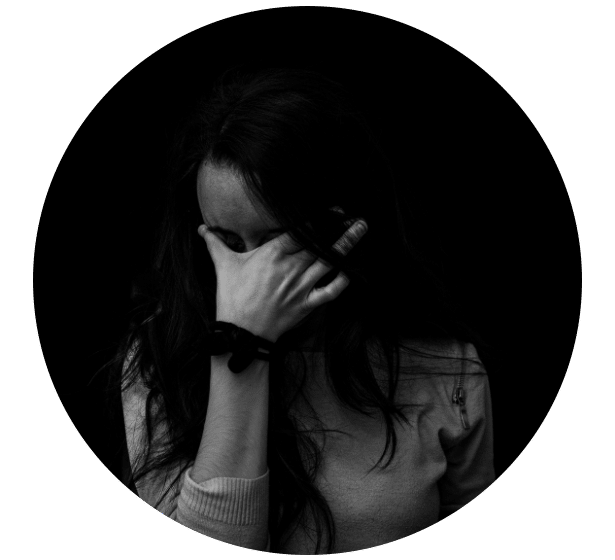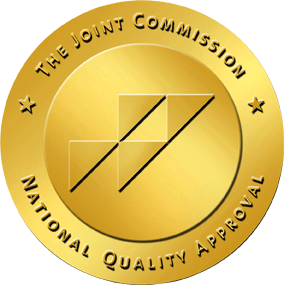What Are Psychoactive Drugs?
Vogue Recovery Center offers addiction treatment recovery plans for alcohol or drug abuse, including psychoactive drugs. Finding the right help is essential to addiction treatment. Only trust your recovery to certified, professional, and experienced substance use disorder counselors. It is possible to live a fulfilling life without psychoactive drugs, and Vogue Recovery Center can help.
Drug abuse is far more widespread than most think. According to data from the National Center for Drug Abuse Statistics, 50% of those over the age of 12 have used an illegal drug at least once. Some people who struggle with substance abuse are using psychoactive drugs. These drugs change the chemical composition of your brain and can lead to serious problems.
What Are Psychoactive Drugs?
Psychoactive drugs are substances that have a chemical effect on the brain and change your mood, perceptions, and behaviors. These drugs can be legal, such as caffeine and alcohol. They can also be illegal, like ecstasy or cocaine. Both illicit drugs and those prescribed by doctors carry the potential for abuse and health risks.
Psychoactive substances are sometimes used as recreational drugs for their euphoric effects. But they can lead to addiction and substance abuse. Long-term addiction to psychoactive drugs can have serious psychological, physical, and social consequences. Some include depression, poor health, financial stress, and criminal activity.

What Are Psychoactive Drugs?
Psychoactive substances can affect your body in many different ways. Some of these drugs provide feelings of sedation by slowing down the central nervous system. Others do the opposite and stimulate the nervous system to give you more energy. No matter what kind of psychoactive drug you abuse, it could be life-threatening. Here are the six categories of psychoactive drugs and their effects.
Depressants
Depressants are common psychoactive drugs that slow down the nervous system, causing feelings of:
- Relaxation
- Sedation
- Calm
Depressants are often prescribed by doctors to help insomnia or anxiety attacks.
Common depressants and their brand names used by those addicted to drugs include:
- Benzodiazepines like Xanax, Valium, and Klonopin
- Sedative-hypnotics (sleeping pills) like Ambien and Lunesta
- Barbiturates like Nembutal and Luminal
Opioids
Opioids are examples of psychoactive drugs used in pain management. They bind to opioid receptors in the human brain, which reduces the perception of pain. Pills that treat pain are often prescribed after surgery or an accident, or for chronic pain. Opioids can be highly addictive due to their euphoric effects. They must be taken with caution when prescribed by a doctor for pain.
Long-term use of these psychoactive drugs can lead to tolerance, as well as addiction and dependence physically. Additionally, prolonged use of opioids can cause serious health issues, such as liver damage and respiratory failure.
Detoxing from opioids is difficult because the withdrawal symptoms are challenging. That’s why detox should only be done under medical supervision.
Some of the most common opioids used by those with addiction include:
Using opioids for pain management can help in the short-term, but the long-term adverse effects of drugs like these are scary. Getting help for a pain pill addiction right away is vital for a healthy and productive life.
Stimulants
Some psychoactive substances are classified as stimulants. That means they give you a boost in energy, alertness, and brain functioning. But as a stimulant drug takes hold, you may also experience
- An increased heart rate
- A rise in body temperature
- Increased blood pressure
- And more
Prescription medications for ADHD, like Adderall, are considered stimulant psychoactive drugs. So are illegal drugs like methamphetamine and cocaine. These drugs are powerful and, when abused, they give the user feelings of euphoria and bliss. But once the drug starts to wear off, there is a crash, or a period of lethargy, that occurs. Then there are the long-term risks of stimulant abuse like:
- Stroke
- Heart attack
- Tissue damage
- Depression
- Insomnia
- Fatigue
- And more
Many stimulant abusers experience withdrawal symptoms when they try to stop these drugs. A treatment center can help manage those symptoms in medical detox and then put you on the road to recovery.
Hallucinogens
Not all drugs carry a risk of physical dependence, but that doesn’t mean they’re safe. Hallucinogens are a type of psychoactive drug that can seriously alter your worldview by changing the way your brain sends chemical signals. Examples include:
- LSD
- Psilocybin mushrooms (magic mushrooms)
- DMT
- Peyote
- Ketamine
These drugs cause powerful sensory issues like seeing things that aren’t there, hearing sounds, and other delusions. They can be very dangerous for those who experience what’s called a “bad trip.” That’s when the hallucinations are so unsettling or vivid they impact your mental state long after the drug is out of your system. People on hallucinogens can be difficult to talk to and spend time with as they may not have any sense of what reality is.
When you stop taking hallucinogens, the effects of this psychoactive substance will go away, but the health effects and risks remain for those who cannot get their drug use disorder under control.
Marijuana
Marijuana is a psychoactive drug with negative effects that often get downplayed. America has changed its stance on marijuana over the years. Many states have made the drug legal, leading to a complicated system where it’s still federally illegal but available for purchase in some places. Marijuana produces feelings of euphoria, relaxation, and general chill, which can lead to psychological dependence. It can also damage your memory and hurt your motivation to succeed.
Designer Drugs
Designer drugs are new forms of synthetic substances created to mimic the effects of existing drugs. Designer drugs are different from street drugs because they come from labs. These new substances have become popular in recent years because they can be produced quickly and cheaply, often using legal ingredients that are easily accessible. Common designer drugs include bath salts (mephedrone, methylone, and mephedrone) and flakka (alpha-PVP). Bath salts and flakka have both made headlines for the erratic behavior of their users. K2, or Spice, is another designer drug with synthetic cannabinoid as the active substance. It’s supposed to mimic the effects of marijuana using man-made chemicals.
What makes these synthetic drugs so dangerous is that there isn’t much data on how they affect users. With so little data, it’s impossible to know the long-term effects of using and abusing designer drugs. Designer drugs come in all different forms. They can be taken orally or by injection and produce similar effects to those of stimulants, like cocaine or amphetamines. The risks associated with designer drugs are unknown due to limited research, but many users report experiencing severe side effects, including:
- Paranoia
- Panic attacks
- Hallucinations
- Violent behavior
Finding Help for a Psychoactive Drug Addiction
If you’re struggling with addiction to a psychoactive substance, recovery is possible with the right support system in place. Treatment options such as counseling, therapy, and self-help groups can provide you with the tools necessary for lasting recovery from addiction. Alcohol and drug use disorders don’t have to ruin your life any longer.
Vogue Recovery Center uses evidence-based treatments like inpatient treatment, partial hospitalization, intensive outpatient care, and standard outpatient treatment. The risks of psychoactive drug abuse are too great to ignore. Contact Vogue Recovery Center today. We’ll help to verify your insurance coverage and talk to you about which of our drug rehab programs is right for you.

Medically Reviewed by Kelsey Jones, MS, LPC



